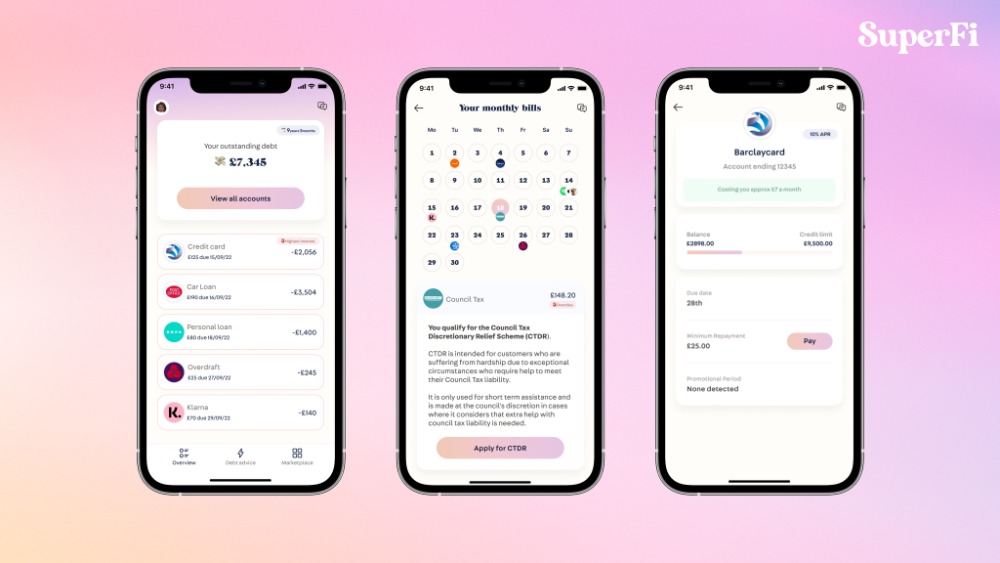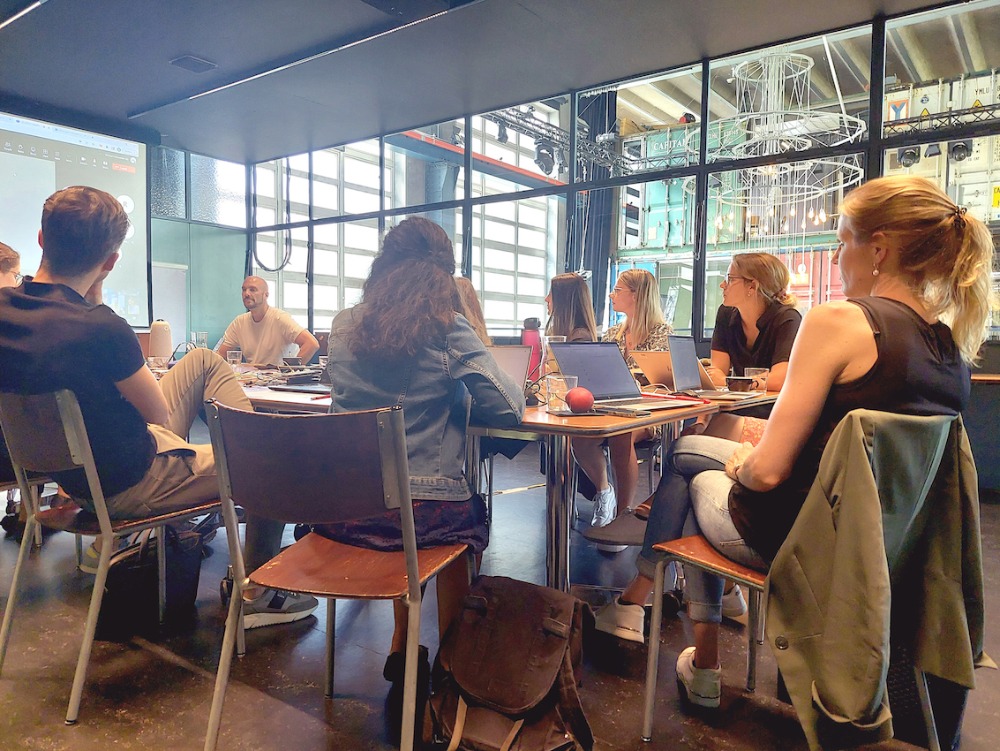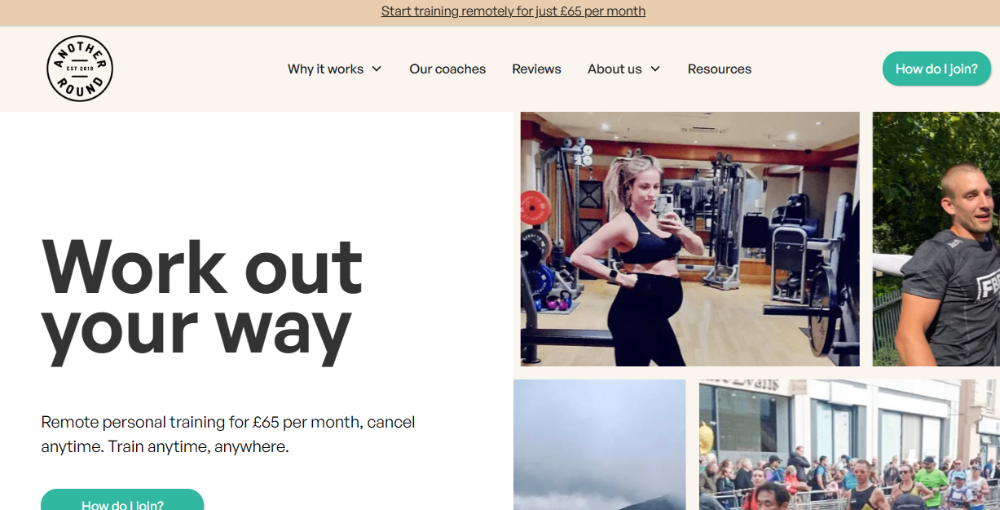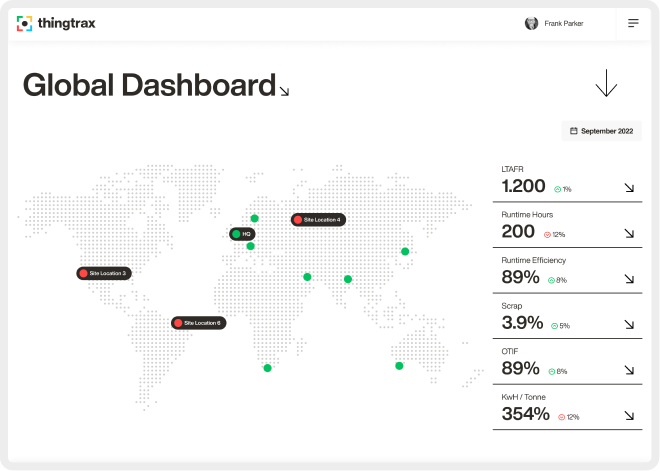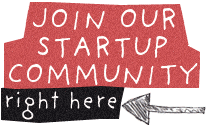5 tips for creating a positive work environment for your business

by Startacus Admin
 Bettina Pickering is the founder of Aronagh (www.aronagh.com), a leadership and behavioural change consultancy, that helps entrepreneurs create and adopt the mindset and behaviours they need for success.
Bettina Pickering is the founder of Aronagh (www.aronagh.com), a leadership and behavioural change consultancy, that helps entrepreneurs create and adopt the mindset and behaviours they need for success.
How well do you perform when you are surrounded by negative people? When the physical work environment has constant interruptions, too much clutter or does not reflect your business? When the printer or laptop is not working and you really need to get this all important pitch out to a major client?
Or, when you feel off kilter because you don’t know what the rules of the game are? When you are up against deadlines, feel under pressure and others you rely on (staff, suppliers, partners) are letting you down?
If you are like most people, a negative work environment will cause unhappiness and stress. That in turn causes a slowdown in output, more frequent mistakes and a rise staff absence.
A positive work environment on the other hand can lead to significant increases in people’s happiness, creativity and productivity as the Centre of Human Design discovered.
Research by the University of Warwick has shown that people who are happy in the workplace are 12% more productive than those who are unhappy. A positive physical work environment can increase productivity by up to 15%, as human design studies have found.
It pays off to consider what work environment you want to create in your business. Ideally, do this earlier rather than later to take advantage of the extra productivity and creativity a positive work environment brings with it.
Here are 5 positive actions tips to start with:
 Positive Action Tip 1: Be a role model
Positive Action Tip 1: Be a role model
"The type of person you are is usually reflected in your business. To improve your business, first improve yourself.”? Idowu Koyenikan, Author of Wealth for all Africans
You create a positive work environment by showing up how you want others to show up. Staff consciously and unconsciously copy the behaviours of their leaders.
This is especially true for startups and smaller businesses where the founders are leading the business. As a founder, co-founder or a board member of a start-up business, you are the business. Everyone will look to you for direction, how to behave, what to prioritise and output quality.
So it is up to you to show the way.
This is where it is useful to ask someone to hold up a mirror to help you understand what type of role model you are in your business. This could be a fellow co-founder, a fellow entrepreneur, a qualified business mentor or a coach. This outside party can support you in identifying and developing those behaviours for yourself that you want to encourage in your staff, suppliers and/or partners.
Positive Action Tip 2: Don’t let niggles become full-blown headaches
Ever had this experience? You notice that something is not quite working, yet you put off dealing with it or you hope it will disappear. When it comes to the work environment, this is a very risky strategy.
Negative behaviours have a way of escalating well beyond an individual – if one person gets away with something once too often, others are likely to either follow suit, become disengaged and thus less productive or simply look for the earliest opportunity to leave.
Of course, some things cannot be resolved in an instant such as lack of office space, high workloads or filling of pivotal staff gaps. In these cases, make sure to let staff know that you are working on the solution and provide regular updates. Thus, you keep positive engagement.
Positive Action Tip 3: Encourage contribution
Whether you have employees, work on a freelancer basis or you are solopreneur, you will never work completely in isolation. It is great idea to ask others who you regularly interact with for their ideas and input on how to improve the work environment. Don’t limit this to the physical environment. Make sure you also ask about ways of working, atmosphere and interpersonal interactions.
A great question to ask is: “What is the one thing that if we could differently would make you happier/more productive/more creative in your work?”
Focus on one aspect e.g. happiness, and then ask about each aspect in turn. This is also a great warm up for team meetings or even one to one calls.
Positive Action Tip 4: Don’t skimp on tools of the trade
Nothing is as frustrating for engaged and committed staff as not being able to do their work effectively due to faulty or low-grade equipment that breaks on a regular basis. Starting up a business can be investment heavy. It might make good business sense to keep costs to a minimum initially by purchasing lower grade equipment. This strategy often backfires when business picks up.
The key is to set clear priorities.
Become clear about what equipment is business critical versus nice to have, i.e. you make do without it if necessary.
If you need to be careful with your funds, focus on investing in your most business critical equipment first. When business picks up, work on the next business critical one, and so on.
For example for a design studio, business critical equipment is a computer and up to date design software, probably even a high quality printer. For a photographer, their camera is the most business critical piece of equipment. For online businesses, it would be the robustness of their website and online sales funnel.
 Positive Action Tip 5: Balance long hours with celebration
Positive Action Tip 5: Balance long hours with celebration
Start-ups often experience sudden workload surges that cannot be covered quickly by hiring new staff. Consequently, current staff are required to put in longer hours and/or work on weekends to meet the additional customer demand.
To create and maintain a positive work environment under these circumstances, show clear appreciation for people’s commitment by
-
celebrating wins, e.g. take the team out to dinner or for drinks,
-
providing support when they work overtime, e.g. take out food ordered into the office, taxis home, late start the next morning,
-
giving them something that is meaningful to them in return, e.g. time off in lieu, spa days, food hampers or flowers for their partners who miss leisure time with them.
Everyone is different, so do ask your staff what they would appreciate.
Bettina would love to hear how you have used any of the above nuggets and what insights you’ve gained from this article! You can email them to bettina.pickering@aronagh.com or tweet them @Aronagh_Coach. You are also welcome on Aronagh’s facebook page to join the discussion.
Subscribe to our newsletter
If you would like to receive our startup themed newsletter, full of the latest startup opportunities, events, news, stories, tips and advice, then sign up here. How Manufacturing Businesses Can Reduce Energy Costs
How Manufacturing Businesses Can Reduce Energy CostsGot a business in the manufacturing sector? These tips on how you can reduce energy costs while being more sustainable are well worth a read...
 SureIn Secures €4M to Close the SMB Insurance Gap
SureIn Secures €4M to Close the SMB Insurance GapInnovative InsurTech startup SureIn announces a €4M Seed round to further its mission of making insurance easy, transparent and hassle-free for SMBs.
 How IoT Is Revolutionising Consumers' Daily Lives
How IoT Is Revolutionising Consumers' Daily Lives Nassia Skoulikariti, Director of IoT Programmes, Mobile Ecosystem Forum shares some insights on how IoT is having a significant impact on all our lives.
 How to invest in tech companies with the help of AI
How to invest in tech companies with the help of AIRoger James Hamilton, Founder and CEO of Genius Group, a world-leading entrepreneur Edtech and education group, discusses how introducing a globalized curriculum will help better prepare students.
 SuperFi raises $1M pre-seed funding round
SuperFi raises $1M pre-seed funding roundSuperFi, the debt prevention platform, has announced a $1m pre-seed funding round to support people during the cost of living crisis.
 Startups rely on AI & sustainability for new partnerships
Startups rely on AI & sustainability for new partnerships41 startups from 13 countries, including the UK, have been selected for the 8th Kickstart Innovation program, one of Europe’s leading innovation platforms.
 Another Round closes £300k Seed round to revolutionise personal training
Another Round closes £300k Seed round to revolutionise personal trainingPersonal training platform Another Round has secured £300k in its latest fundraise, including investment from angels and its community.
 Thingtrax Secures £4.3M
Thingtrax Secures £4.3MThingtrax Secures £4.3M to Empower Manufacturers to Build the Factories of the Future
 A measure of inflation relief for small firms
A measure of inflation relief for small firmsA measure of inflation relief for small firms sees transport costs fall but service price increases remain elevated
 A look at HR tech startup HR DataHub
A look at HR tech startup HR DataHubBedfordshire-based HR tech startup HR DataHub has built a range of tools for HR departments
Published on: 9th November 2015
If you would like to enable commenting via your Startacus account, please enable Disqus functionality in your Account Settings.







- SureIn Secures €4M to Close the SMB Insurance Gap 15th Aug 2023 Innovative InsurTech startup SureIn announces a €4M Seed round to further its mission of making insurance easy, transparent and hassle-free for SMBs.
- SuperFi raises $1M pre-seed funding round 28th Jul 2023 SuperFi, the debt prevention platform, has announced a $1m pre-seed funding round to support people during the cost of living crisis.
- Startups rely on AI & sustainability for new partnerships 27th Jul 2023 41 startups from 13 countries, including the UK, have been selected for the 8th Kickstart Innovation program, one of Europe’s leading innovation platforms.
- Another Round closes £300k Seed round to revolutionise personal training 21st Jul 2023 Personal training platform Another Round has secured £300k in its latest fundraise, including investment from angels and its community.







 Daniel Dierkes, David Schara, and Maximilian Geißinger 2.jpeg)

.jpg)
